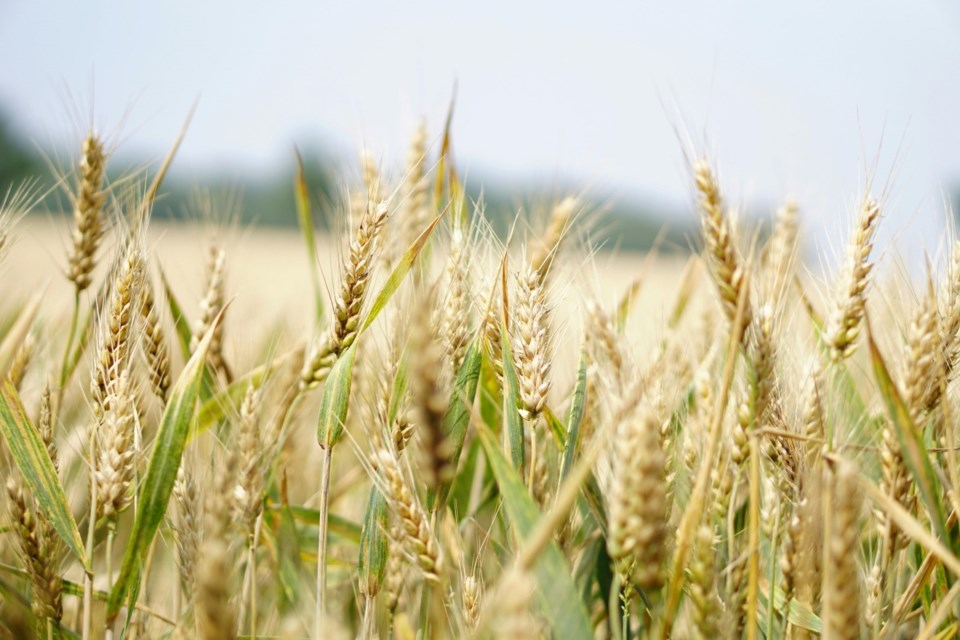YORKTON — Many crops are close to reaching maturity and harvest is on the horizon. A few producers have been able to begin harvesting, but most have yet to start and are using this time to prepare equipment, desiccate and empty grain storage facilities.
Harvest in east-central Saskatchewan is two per cent complete, which matches both the five and 10-year averages. For 2024, harvest in this region is behind the six per cent provincial average. Fall rye has the highest harvest progress with 37 per cent of fall rye crops being harvested so far. Lentil progress is a distant second at eight per cent complete, followed by winter wheat at six per cent complete, and field peas being four per cent complete. Very few spring cereal and oilseed crops have yet to be harvested and progress for these crops is insignificant.
Rainfall was variable throughout east-central Saskatchewan this week as some areas received significant precipitation and other areas didn’t receive any. The Kuroki area received 55 mm of rain, which was the highest in the province. The Wadena area received 48 mm of rain this week, which was the second highest amount in the province. Other areas in the east-central to receive notable rainfall include Leroy with 31 mm, Danbury with 28 mm, and Whitebeech with 24 mm. Topsoil moisture for cropland slightly improved this past week as 44 per cent of it is adequate, 50 per cent short and six per cent very short. Both hayland and pasture topsoil moisture slightly declined, though. Hayland topsoil moisture is 40 per cent adequate, 44 per cent short, and 16 per cent very short. Pasture topsoil moisture is 37 per cent adequate, 43 per cent short and 20 per cent very short.
Livestock producers in this region are experiencing some water shortages for their animals. Thirty-two per cent of water supplies are moderately short and five per cent of sources are expected to become short in the next couple of months, while 63 per cent of water sources are expected to have no shortage issues in the next few months. Thirty-two percent of livestock producers have concerns regarding water availability for their livestock while 68 per cent have no concerns.
Crop damage this week was primarily caused by wind, heat and dry conditions. Some grasshopper activity and sclerotinia stem rot symptoms were reported in fields, but these cases were fairly minor.
For more information about East-Central Saskatchewan, explore the .




